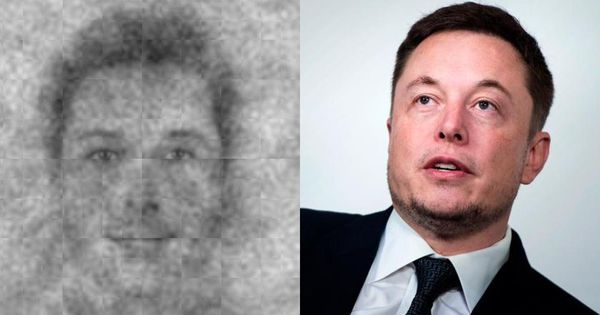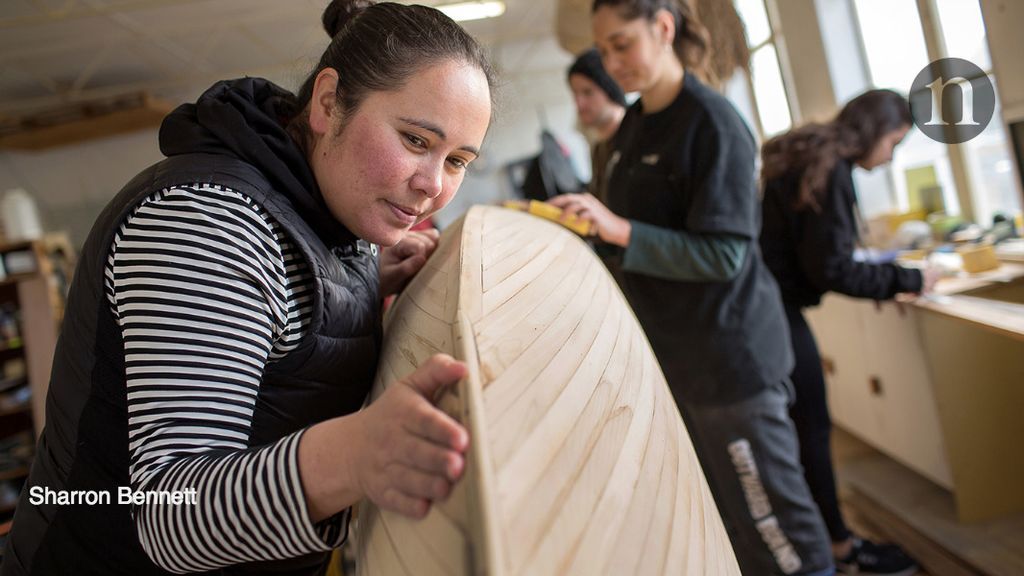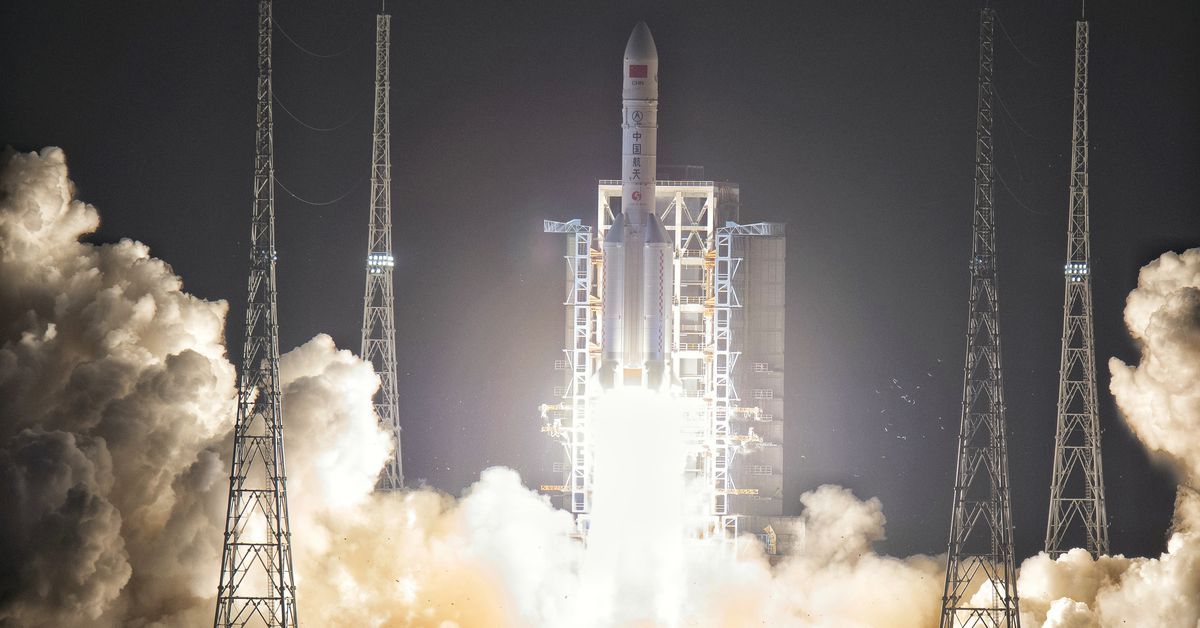Be prepared to freak out.
Once you see them side by side, the resemblance is so obvious. Put an aggregated vision of what God looks like next to a head shot of Elon Musk and prepare to be freaked out.

Be prepared to freak out.
Once you see them side by side, the resemblance is so obvious. Put an aggregated vision of what God looks like next to a head shot of Elon Musk and prepare to be freaked out.
July 12th sees us launch our first conference in New York City dedicated to the field of rejuvenation biotechnology, the science that seeks to end age-related diseases forever.
At the Frederick P. Rose Auditorium, Cooper Union in New York City, we will be hosting a special one-day conference focused on aging research and biotech investment. Developing therapies from initial concepts, through clinical testing, and ultimately to market takes a pipeline, and right now, that p…


Artificial intelligence has exploded, and perhaps no one knows it more than Harry Shum, the executive vice president in charge of Microsoft’s AI and Research Group, which has been at the center of a major technological shift inside the company.
Delivering the commencement address Friday at the University of Washington’s Paul G. Allen School of Computer Science and Engineering, Shum drew inspiration from three emerging technologies — quantum computing, AI, and mixed reality — to deliver life lessons and point out the future of technology for the class of 2018.


http://www.thepathmag.com/can-you-actually-hack-your-dna-to-slow-down-aging/
Many technologies / interventions progressing down the development pathways in the coming years — but there are a lot of free, common sense adjustments you can make today:

Next week’s proposals are unlikely to contain major surprises, because the commission has unveiled its main ideas over the past months, in particular its overall 7-year budget plan, issued on 2 May. Although Horizon Europe will keep Horizon 2020’s main features, the commission has laid the groundwork for several novelties, including a new agency to tackle the continent’s perennial innovation problem and a big, separate push on collaborative defense research. But contentious negotiations lie ahead. The United Kingdom is negotiating the terms of its impending exit from the European Union, and some member states want to tighten budgets. Meanwhile, research advocates want more generous spending, noting the low application success rates in Horizon 2020—a frustrating 11.9% so far.
Commission seeks €97.6 billion for “Horizon Europe”.

By the end of 2022, China hopes to have its biggest space station yet orbiting around Earth, and the country’s space agency wants other nations to use it. China is inviting all members of the United Nations to submit applications to fly experiments on board the future habitat, dubbed the China Space Station. It’s a major step toward international cooperation for China and its space program, which has mostly relied on domestic hardware and capabilities in the past.
“The China Space Station belongs not only to China, but also to the world,” Shi Zhongjun, China’s ambassador to the UN, said in a statement about the initiative. As a guide for the decision, Zhongjun cited the 50-year-old Outer Space Treaty, which maintains that the exploration of space should be peaceful and benefit all countries.

Scientists pride themselves on being keen observers, but many seem to have trouble spotting the problems right under their noses. Those who run labs have a much rosier picture of the dynamics in their research groups than do many staff members working in the trenches, according to a Nature survey of more than 3,200 scientists. The results suggest that a lack of training in lab and personnel management is one of the strongest contributors to an unhealthy lab culture.
A Nature survey of 3,200 scientists reveals the tensions bubbling in research groups around the world.